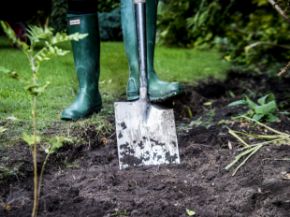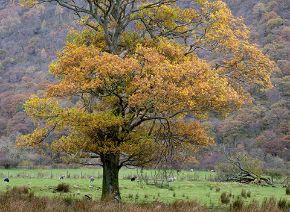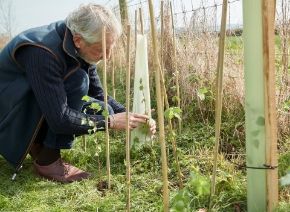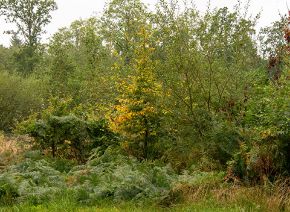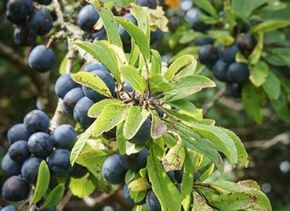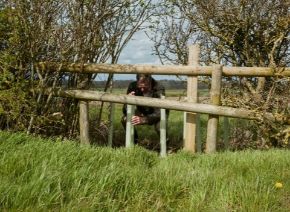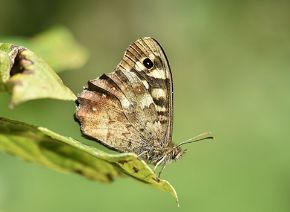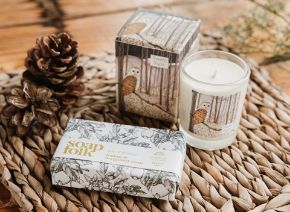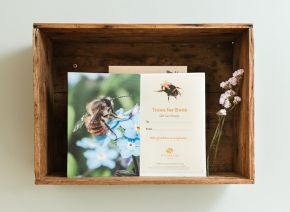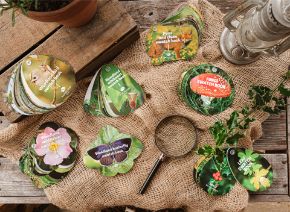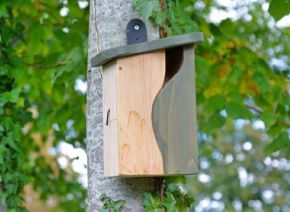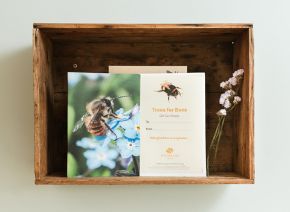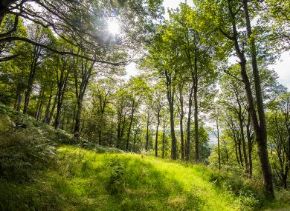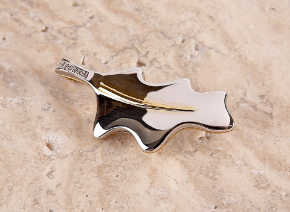Grey willow
Salix cinerea
Often called common sallow, grey willow is a small willow tree which is often found in wet areas or wasteland. Unlike most willows, its leaves are oval rather than long and thin, with a fine silver felt underneath (hence its name) and rusty hairs beneath the veins.
Estimated full grown height:
8-10 metres, growing an estimated 60cm each year.
Purchase size and growth:
These trees are cell-grown saplings, ranging from approximately 15cm-60cm in height. Cell grown trees can be planted all year round in most situations as long as they are given the correct care. Please be aware that depending upon the time of year you receive your sapling (particularly early spring) it may not look very perky upon arrival, but please do not worry, as once it has been planted it should pick up quickly.
Value to wildlife:
Grey willow foliage is eaten by caterpillars of a number of moths, including the sallow kitten, sallow clearwing, dusky clearwing and lunar hornet clearwing. It is also a food plant for the purple emperor butterfly. Catkins provide an important early source of pollen and nectar for bees and other insects, while birds use grey willow to forage for caterpillars and other prey.
Grey willow preferred soil type or environmental conditions:
Like goat willow, grey willow grows in woodland and hedgerows, as well as damp areas such as near canals, rivers and streams.
UK and Ireland Sourced and Grown (UKISG):
Every sapling that we provide is UK and Ireland sourced and grown to minimise the risk of importing and spreading tree pests and diseases. Seeds are collected and stored in the UK and Ireland, and they are all coded and batched so that we can track each individual tree.
Learn more about this tree on our grey willow species profile.
The images in this product listing show the saplings bundled and wrapped. This plastic wrap is made from LDPE (low-density polyethylene) and is 100% recyclable, we encourage users to recycle them when you are ready to plant your trees.



